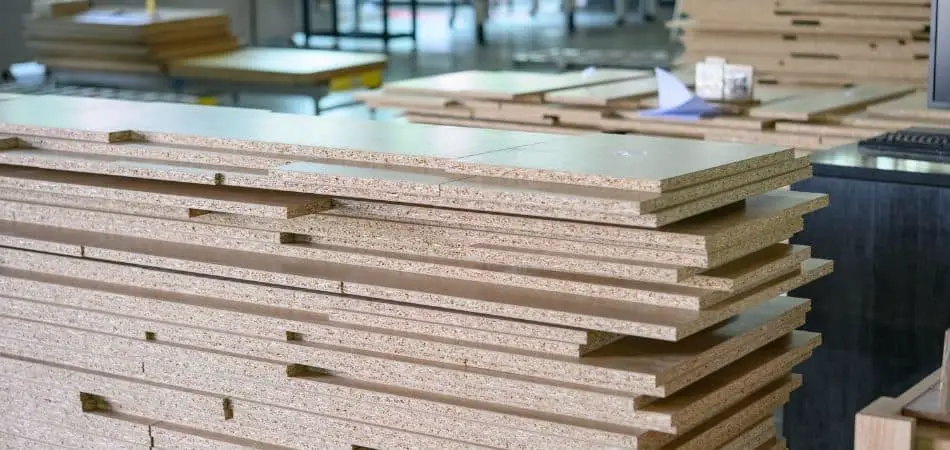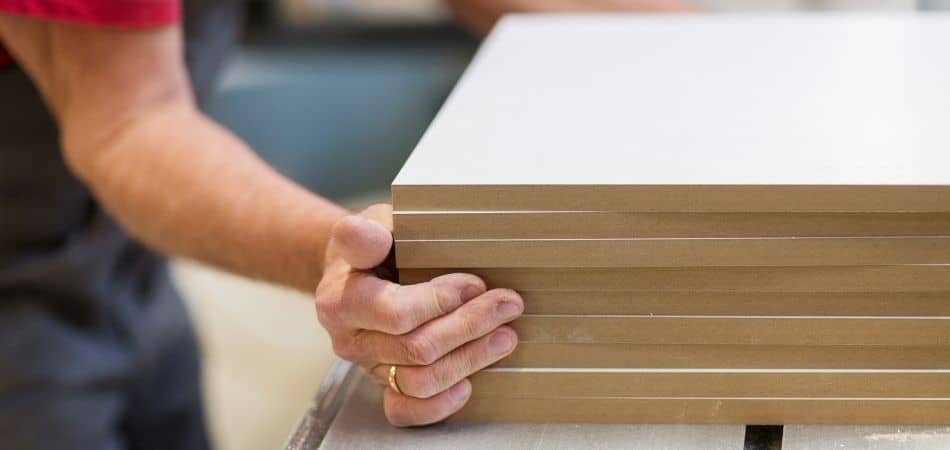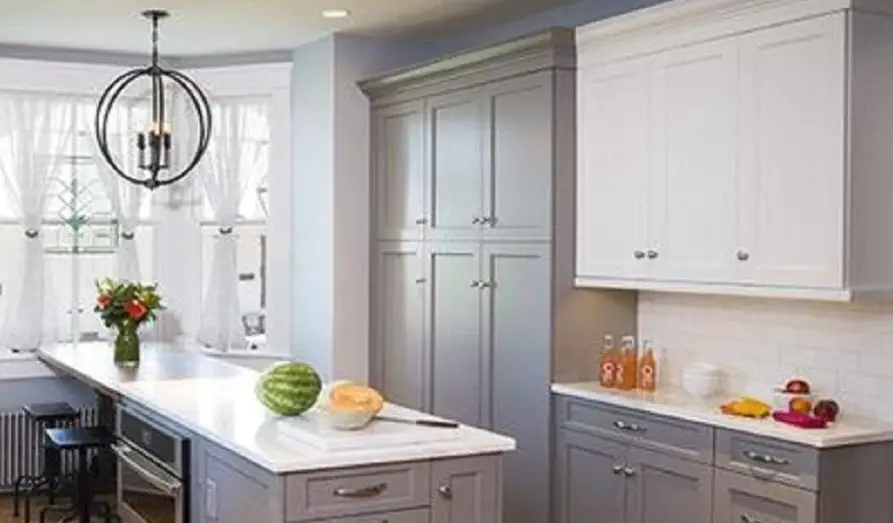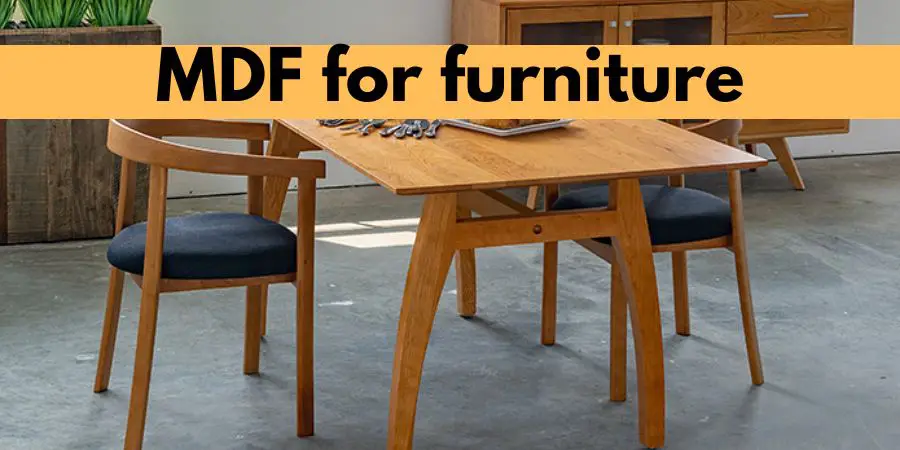When it comes to choosing a bed, there are many options available in the market.
One of the most popular options is MDF beds. MDF stands for Medium Density Fiberboard, which is a type of engineered wood. In this blog post, we will explore whether MDF beds are a good choice for your bedroom.
Are MDF beds good?
[While MDF is a cheaper alternative to solid wood, it is also considerably heavier than hardwood furniture. Additionally, the glue used in MDF contains formaldehyde, which can cause itching and burning eyes for some people
Therefore, whether MDF is good for beds or not depends on personal preference and priorities.
Advantages:
- Affordability: MDF beds are often less expensive than solid wood beds, which makes them a great option for those on a budget.
- Durability: MDF is a strong and durable material, so it can withstand a lot of wear and tear over time.
- Customizability: MDF can be cut and shaped into a variety of designs and styles, which makes it easy to customize to your liking.
- Smooth surface: MDF has a smooth and even surface, which makes it a great choice for painting or staining.
Disadvantages:
- Susceptible to moisture damage: MDF is prone to moisture damage, so it’s important to keep it away from water sources or areas with high humidity.
- Weight: MDF beds can be quite heavy due to the density of the material, which can make moving them difficult.
- Not as strong as solid wood: While MDF is strong and durable, it’s not as strong as solid wood, so it may not be able to withstand as much weight or pressure.
- Chemicals used in production: Some MDF products may contain chemicals such as formaldehyde, which can be harmful to your health if you’re exposed to them for prolonged periods of time.
what are the health risks associated with MDF beds
MDF beds can pose health risks due to the use of urea-formaldehyde adhesives as the bonding agent during the creation of the panels.
Formaldehyde is a known carcinogen that can cause respiratory diseases and aggravate asthma and allergies.
Inhaling MDF fumes in the short-term can cause headaches, and long-term exposure can lead to serious health issues.
It is important to handle MDF furniture with care and avoid sanding or cutting it, as this can release formaldehyde particles into the air.
What are the alternatives to MDF beds?
Alternatives to MDF beds include particleboard and plywood.
However, both of these materials are made with the same adhesives as MDF, which can also release harmful fumes.
Formaldehyde-free MDF alternatives, such as rice stalk MDF, are also available and can be a healthier option.
Another alternative is solid wood, which is more durable and has a natural look and feel. However, solid wood can be more expensive than MDF and may require more maintenance
[It is important to consider the concentration of chemicals used to bond the furniture when choosing an alternative to MDF
[4].
[2].






